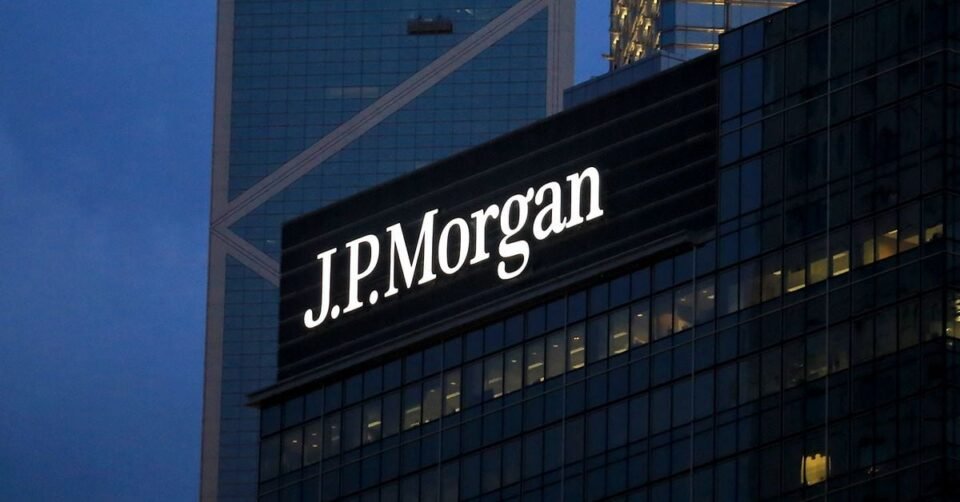The current hashrate and power consumption on the Bitcoin (BTC) network implies an estimated mining cost of about $45,000, down from above $50,000, JPMorgan (JPM) said in a research report on Thursday.
The bank said it had previously anticipated a significant drop in the hashrate after the halving as unprofitable miners exited the network. This is now happening but with some delay. The quadrennial halving, which slows the rate of growth in bitcoin supply as miner rewards are cut by 50%, occurred last month.
Hashrate refers to the total combined computational power that is being used to mine and process transactions on a proof-of-work blockchain. The reason for the delay was likely the launch of the Runes protocol, a new form of token creation on the network, which triggered a temporary spike in transaction fees, the report said.
“This provided a temporary boost to miner revenue in the immediate aftermath of bitcoin halving,” analysts led by Nikolaos Panigirtzoglou wrote, adding that “bitcoin miners were able to offset the loss in issuance reward due to halving with the surge in transactions fees, keeping the block rewards for miners almost unchanged.”
“The boost from Runes proves short-lived, however, with users’ activity and fees dropping dramatically over the past week or two,” the authors wrote, noting that “this highlights the ongoing challenge faced by bitcoin miners to maintain a sustainable source of revenue in particular in the post halving environment.”
As the Runes hype faded and the temporary boost for miners dissipated, power consumption on the network has fallen more than the hashrate, which shows that unprofitable miners with inefficient rigs have exited, the bank said.
There is also a feedback loop with bitcoin prices. “The more bitcoin prices decline the higher the number of unprofitable miners that come under pressure to leave the Bitcoin network and the larger the resulting decline in the hashrate and bitcoin production [mining] cost,” the report added.
JPMorgan sees limited upside for bitcoin in the near term due to several previously identified headwinds, including a lack of positive catalysts and the disappearing retail impulse.

